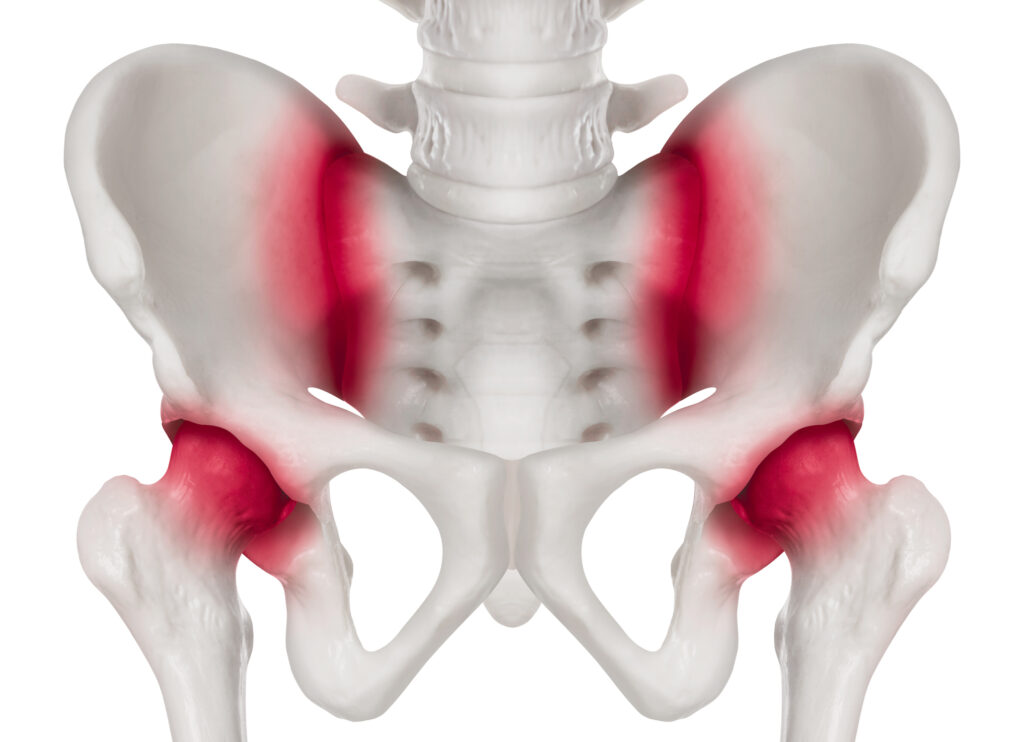Minimally Invasive Sacroiliac Joint Fusion
Minimally invasive sacroiliac (SI) joint fusion is a targeted treatment for chronic lower back pain originating from the SI joint. This joint, located where the spine meets the pelvis, can become unstable or inflamed, leading to pain that may radiate into the hips, buttocks, or legs. This procedure offers a less invasive solution for stabilizing the joint and relieving symptoms when other therapies haven’t worked.
Using small incisions and image-guided techniques, this approach minimizes tissue disruption, reduces recovery time, and delivers long-term relief for patients struggling with SI joint dysfunction. Many patients report improved mobility and reduced pain that allows for a more active lifestyle.

What is it?
A minimally invasive procedure that stabilizes the sacroiliac (SI) joint using specialized implants, providing long-term relief for chronic SI joint pain that hasn’t responded to conservative treatment.
How is it performed?
Under fluoroscopic guidance, small implants are placed across the SI joint through tiny incisions. The procedure typically takes 1-2 hours.
Technology Partners:
PainTEQ’s LinQ, SurGenTec’s TiLink
Treatment Benefits
This procedure is designed to provide lasting stability to the SI joint with fewer risks and less downtime compared to open surgical methods. Benefits include reduced pain, improved joint function, and greater ease with sitting, standing, or walking. Because the technique is minimally invasive, patients often experience less post-operative discomfort and a quicker return to daily routines.
Who Can Benefit From This Treatment
Minimally invasive SI joint fusion may be recommended for patients with confirmed SI joint dysfunction who have not improved with physical therapy, injections, or other conservative treatments. Ideal candidates often report pain in the lower back, hips, or buttocks that worsens with certain movements or prolonged standing. A comprehensive evaluation, including physical exams and imaging, helps determine whether this procedure is an appropriate next step.
Learn more about Minimally Invasive Sacroiliac Joint Fusion by contacting the Minimally Invasive Spine and Pain Institute—our team is here to help you explore your options.
Aftercare for Minimally Invasive Sacroiliac Joint Fusion
Recovery following SI joint fusion is typically quicker than with traditional surgical methods, but some soreness or stiffness in the lower back and buttock area is expected. Most patients go home the same day and can resume light activities within a few days, depending on their comfort level. To ensure proper healing and implant integration, it’s important to follow your provider’s guidance closely and avoid putting excessive strain on the lower back and pelvis during the early recovery period.
Tips for a Smooth Recovery
Follow these guidelines to support healing after minimally invasive sacroiliac joint fusion:
Avoid high-impact activities and heavy lifting for several weeks
Use ice to manage swelling or soreness at the incision site
Walk regularly in short intervals to encourage circulation and mobility
Keep the incision area dry and clean to reduce the risk of infection
Pay attention to any changes in pain or sensation and report concerns to your provider

